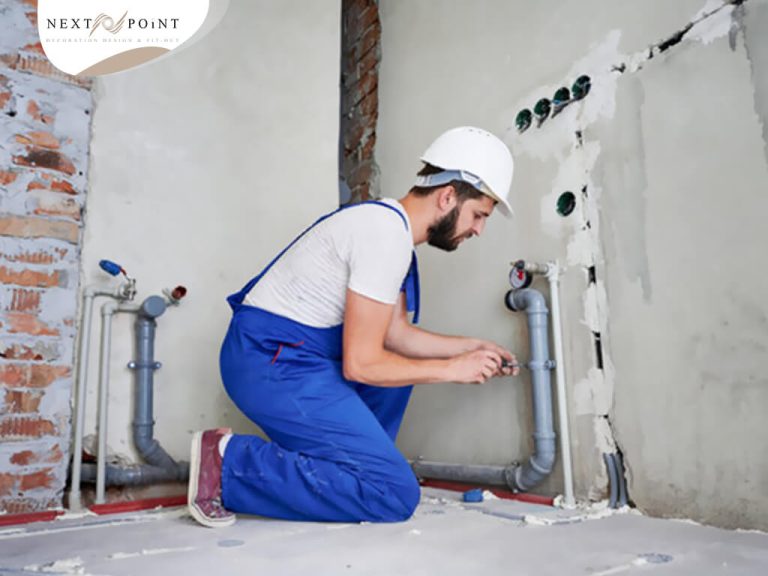Plumping

Plumbing refers to the system of pipes, fixtures, and fittings that convey water, gas, or sewage in and out of buildings. Here are some steps you can follow for plumbing:
Plan the layout: Determine where you want to place the fixtures, such as sinks, toilets, and showers, and plan the layout accordingly. Consider factors such as accessibility, water pressure, and drainage.
Choose the right materials: Select pipes and fittings that are appropriate for the intended use and compatible with the local building codes. Common materials include copper, PVC, and PEX.
Install the pipes and fittings: Follow the manufacturer’s instructions to install the pipes and fittings securely. This may involve cutting and joining pipes, soldering, or using compression fittings.
Install the fixtures: Install the sinks, toilets, showers, and other fixtures according to the manufacturer’s instructions. This may involve connecting the fixtures to the pipes and installing valves, traps, and drain fittings.
Test the system: After installing the plumbing system, test it for leaks and proper function. Turn on the water and check for leaks or any unusual sounds. Check that the fixtures are working correctly and that water is draining properly.
Maintain the system: Regular maintenance can prevent problems and prolong the life of your plumbing system. This may include cleaning drains, checking for leaks, and inspecting pipes and fittings for damage or corrosion.
Plumbing is an important aspect of fit-out projects, especially when it comes to commercial spaces such as offices, restaurants, and retail stores. Here are some key considerations for plumbing in fit-out projects:
- Design: The plumbing design should be integrated into the overall fit-out design to ensure a cohesive and functional space. The design should take into account the location of water and waste outlets, the number and type of fixtures needed, and the placement of pipes and drains.
- Compliance: Plumbing installations must comply with local building codes and regulations. It is important to engage a licensed and qualified plumber to ensure compliance with these regulations.
- Coordination: Plumbing installations should be coordinated with other trades such as electrical and HVAC to ensure that they do not interfere with each other. This requires careful planning and coordination between the different trades involved.
- Accessibility: Plumbing fixtures and components should be easily accessible for maintenance and repairs. This means that the design should include access panels and other features that allow easy access to pipes and fittings.
- Sustainability: Plumbing systems can have a significant impact on water consumption and energy usage. Therefore, it is important to consider sustainable plumbing solutions such as low-flow fixtures, water-efficient appliances, and greywater recycling systems.
- Maintenance: Regular maintenance is essential for the longevity and performance of plumbing systems. It is important to include a maintenance plan in the fit-out project to ensure that plumbing fixtures and components are regularly inspected and serviced.
Are you experiencing plumbing issues in your home or business? Don’t let a leaky faucet or clogged drain disrupt your day. Our team of expert plumbers is here to provide fast, reliable solutions to all of your plumbing needs. Contact us today to schedule an appointment and get your plumbing back on track.
To place an online order, complete the form below
How useful was this post?
Click on a star to rate it!
Average rating 0 / 5. Vote count: 0
No votes so far! Be the first to rate this post.
